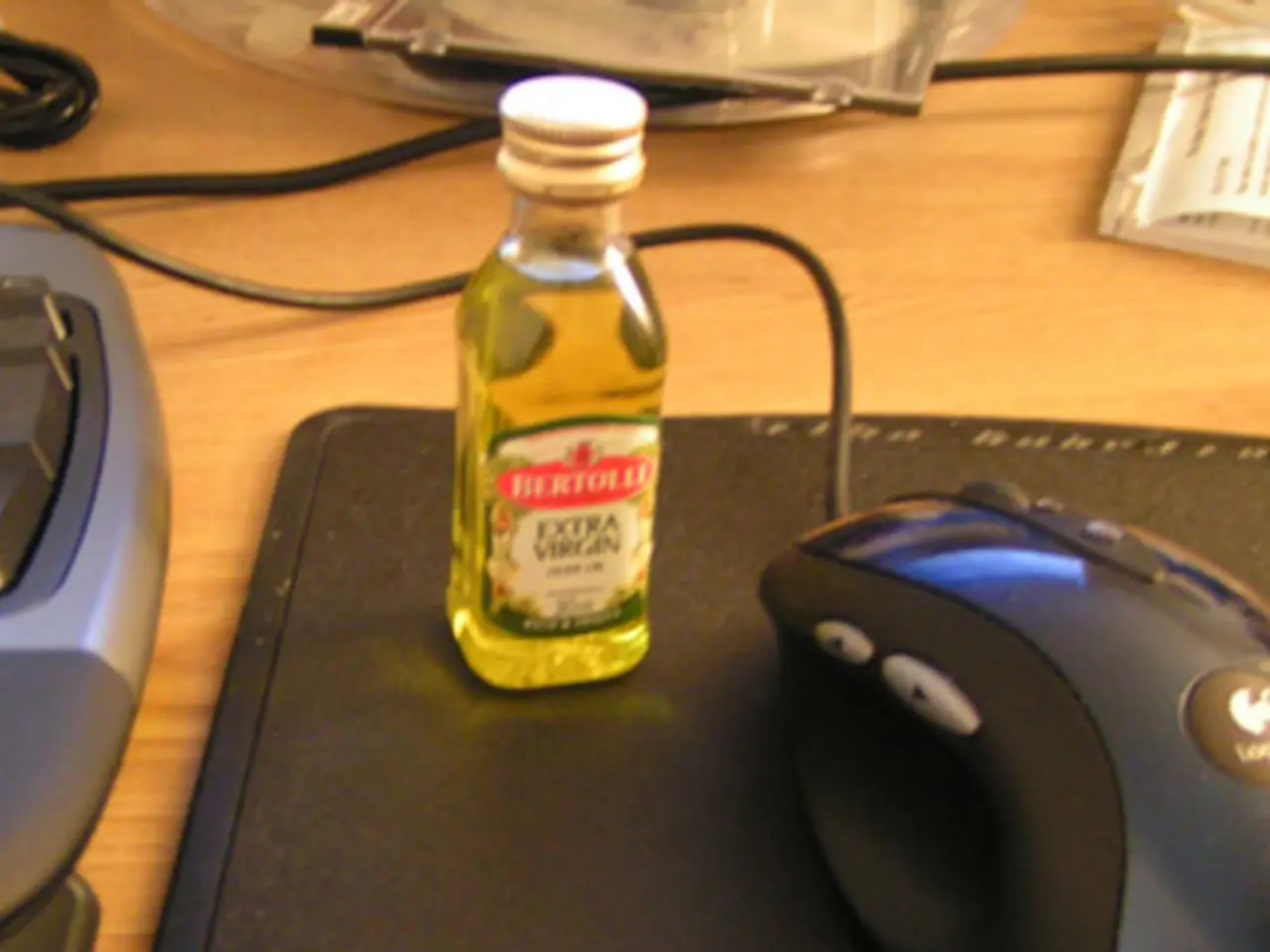Life With ADHD: The Role of Working Memory and Impulse Control
For individuals living with Attention Deficit Hyperactivity Disorder (ADHD), managing working memory and impulse control can be a significant challenge. Working memory, often likened to a temporary workspace in the brain, plays a crucial role in juggling information and maintaining focus, while impulse control acts as the brakes in the mind, helping to prevent quick-to-act feelings and "oops, I forgot" moments.
Recent research has shown that central executive working memory, the part that handles active, complex information, tends to be weaker in ADHD, directly impacting self-control, planning, and pausing before reacting. This weakness is tied to neurotransmitter imbalances, particularly lower activity of dopamine and norepinephrine, which are essential for focus and self-control.
To support working memory, a combination of structured learning approaches, behavioral tools, and lifestyle interventions has proven effective. One such approach involves breaking information into small, manageable amounts and working in short bursts to avoid overload, similar to slowly drip-feeding water into a glass, preventing loss due to information overflow. Using external aids such as checklists, sticky notes, visual reminders, alarms, and digital alerts also helps offload memory demands.
In terms of impulse control and inhibitory function, regular moderate-intensity physical exercise, such as taekwondo or aerobic activities, has been shown to improve inhibitory control by optimizing neurotransmitter release in the brain. These exercise sessions contribute to improved self-control and maintaining attention by enhancing neuroplasticity and neurotransmitter function, with 70 minutes being optimal for maximizing these effects without triggering stress responses.
Building up impulse control is like strengthening a muscle; practice and time can help, even if progress feels slow at first. Additionally, habit-building techniques that capitalize on strengths and minimize weaknesses, such as immediate rewards and tracking progress, can be beneficial. Outsourcing executive functions by using technology and environmental cues can also minimize reliance on fragile working memory and impulse control systems.
Women with ADHD may experience gender differences in their working memory, such as masking and compensation, emotional overload, and hidden exhaustion. Recognizing these differences is the first step to getting the right tools and support for people with ADHD.
In summary, combining multisensory structured learning, external memory aids, small-step habit formation, and regular moderate-intensity exercise provides a well-rounded approach to managing working memory limitations and impulse control challenges in ADHD. With the right strategies in place, individuals with ADHD can better navigate their day-to-day lives, focusing, remembering, and self-regulating more effectively.
- Neurodivergent individuals, particularly those with Attention Deficit Hyperactivity Disorder (ADHD), often face difficulties in managing their working memory and impulse control.
- Working memory, a temporary workspace in the brain, is crucial for juggling information, maintaining focus, and active, complex information processing, yet tends to be weaker in ADHD.
- Planning, self-control, and pausing before reacting are directly impacted by the weakened central executive working memory, which is tied to neurotransmitter imbalances.
- To support working memory, individuals can adopt structured learning approaches, break information into manageable chunks, and use external aids like checklists, sticky notes, or alarms.
- Regular moderate-intensity physical exercise, such as taekwondo or aerobics, can improve impulse control and impulse inhibition by optimizing neurotransmitter release in the brain.
- Mental-health resources like journaling, habit-building techniques, and outsourcing executive functions with technology can help women with ADHD, who may experience gender differences, such as masking, emotional overload, and hidden exhaustion.
- Science highlights the importance of a well-rounded approach that combines multisensory learning, external memory aids, small-step habit formation, and regular exercise for managing working memory limitations and impulse control challenges in ADHD.
- The right strategies, including health-and-wellness interventions and womens-health focused resources, can empower individuals with ADHD to better navigate their day-to-day lives, focusing, remembering, and self-regulating more effectively.








